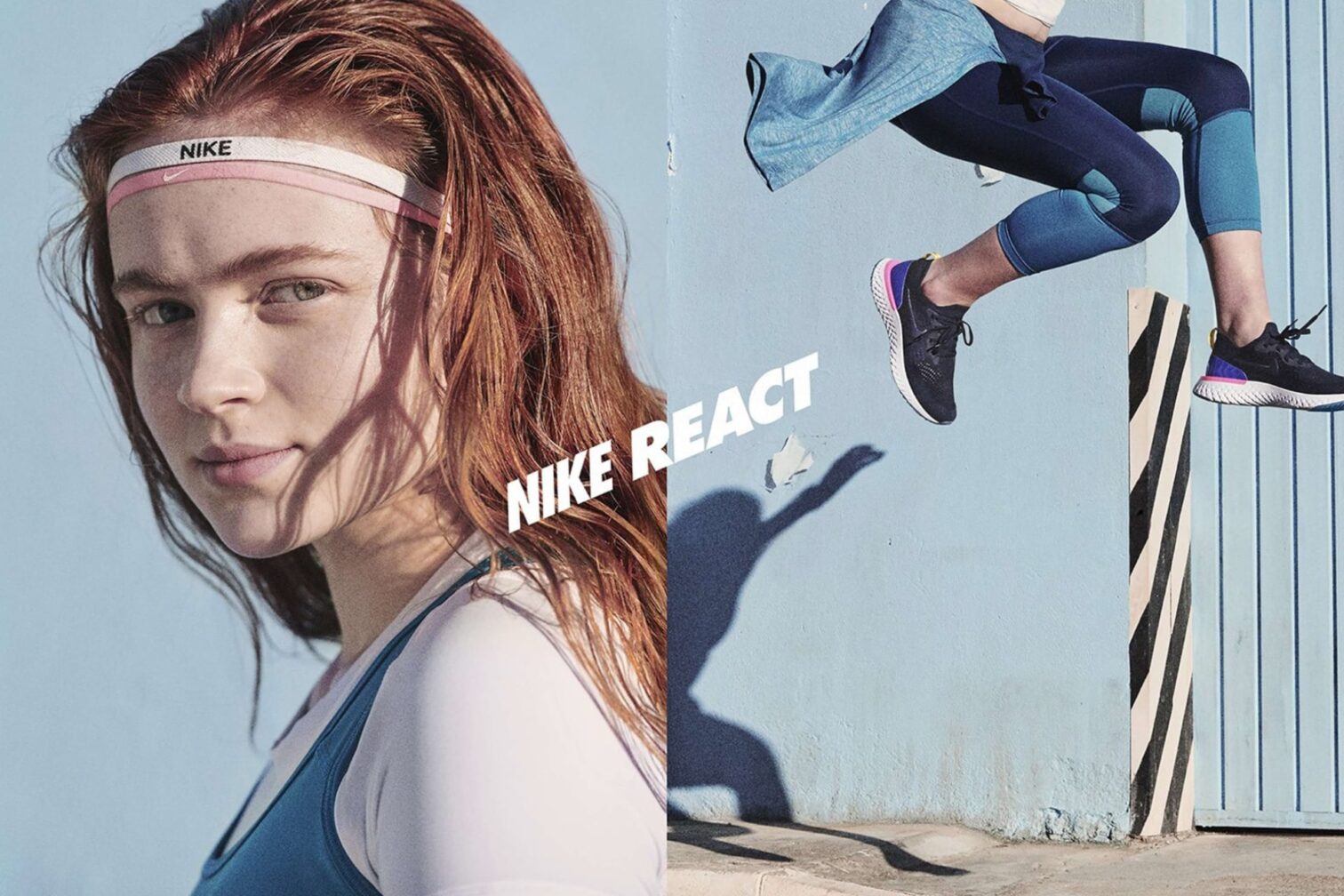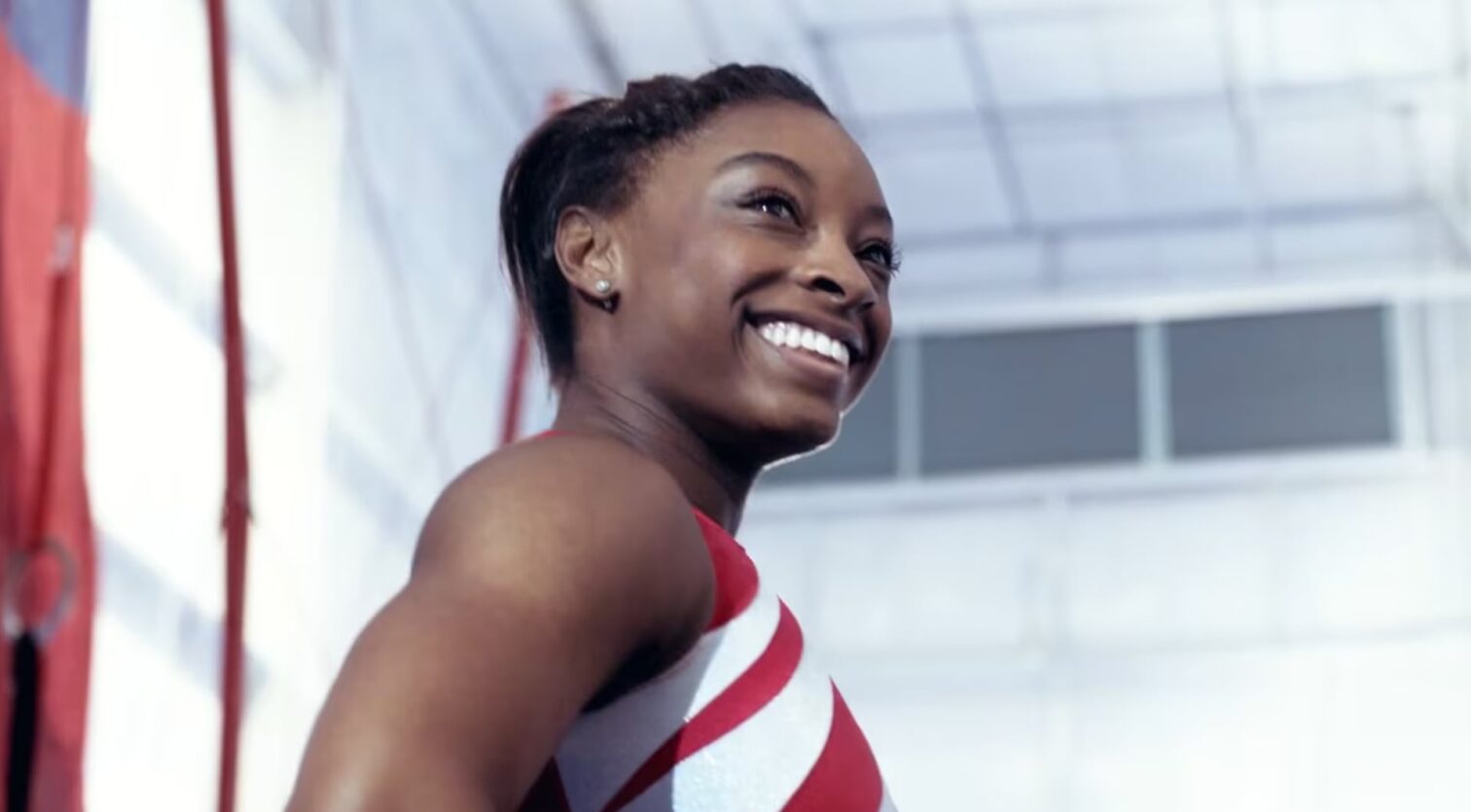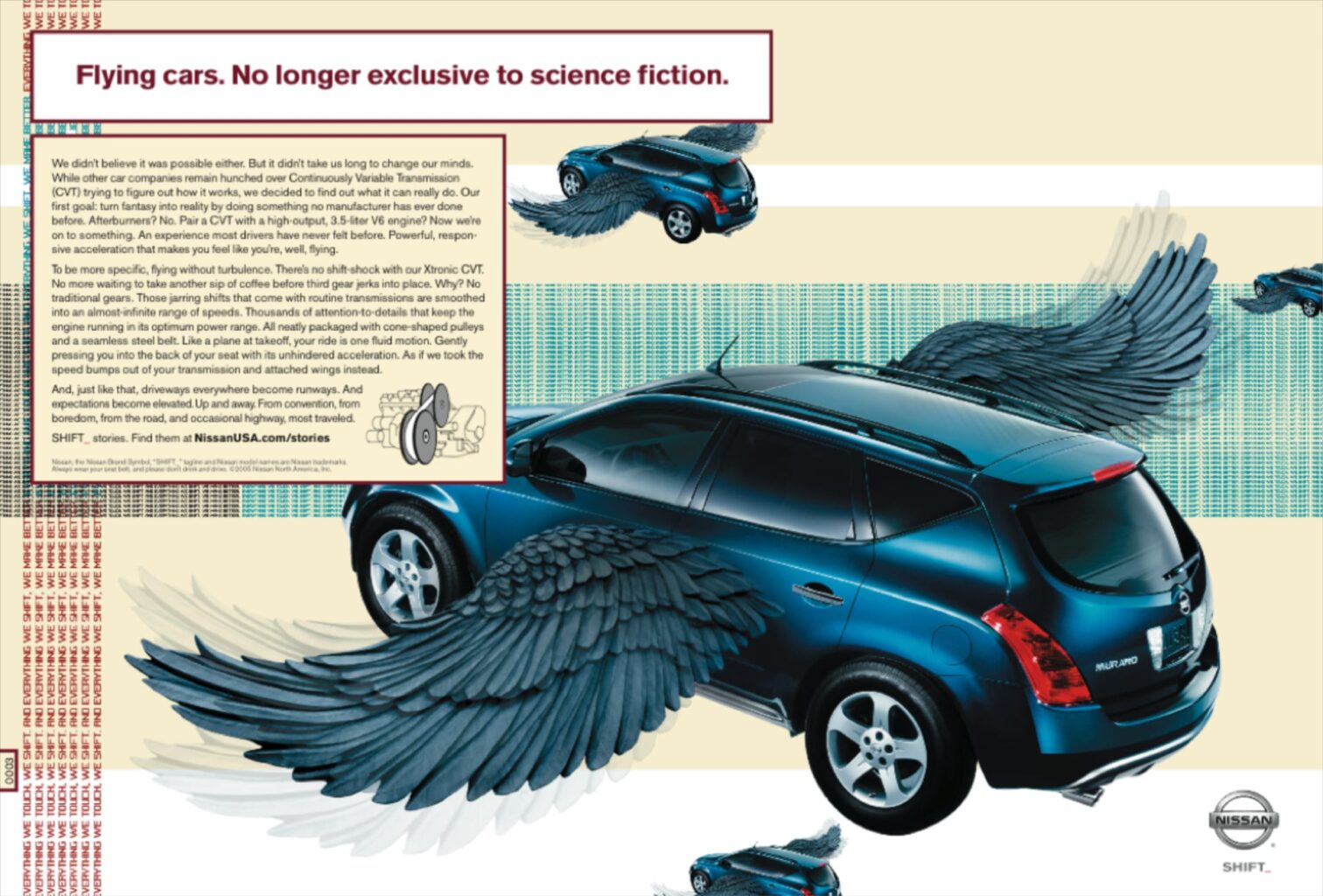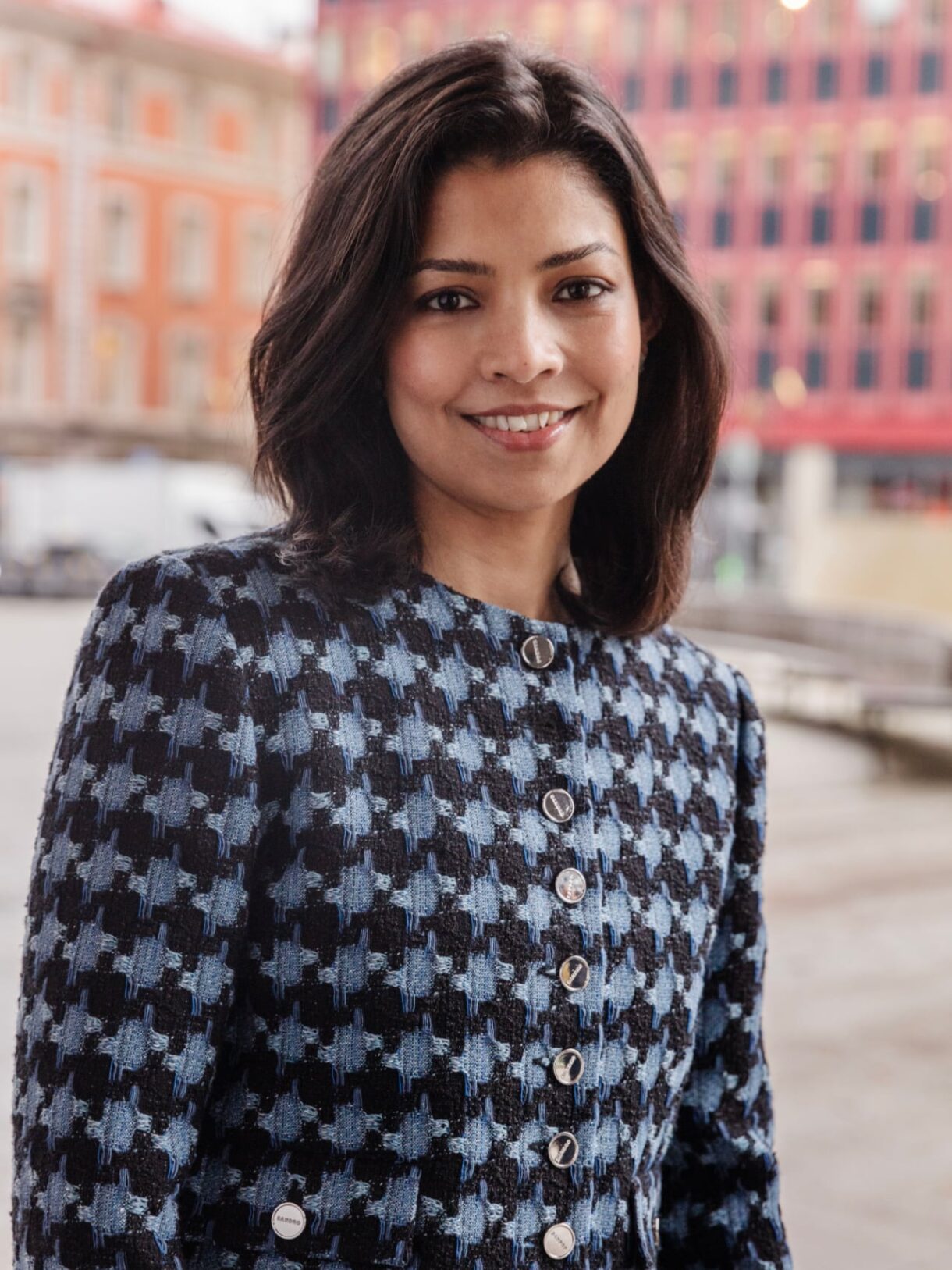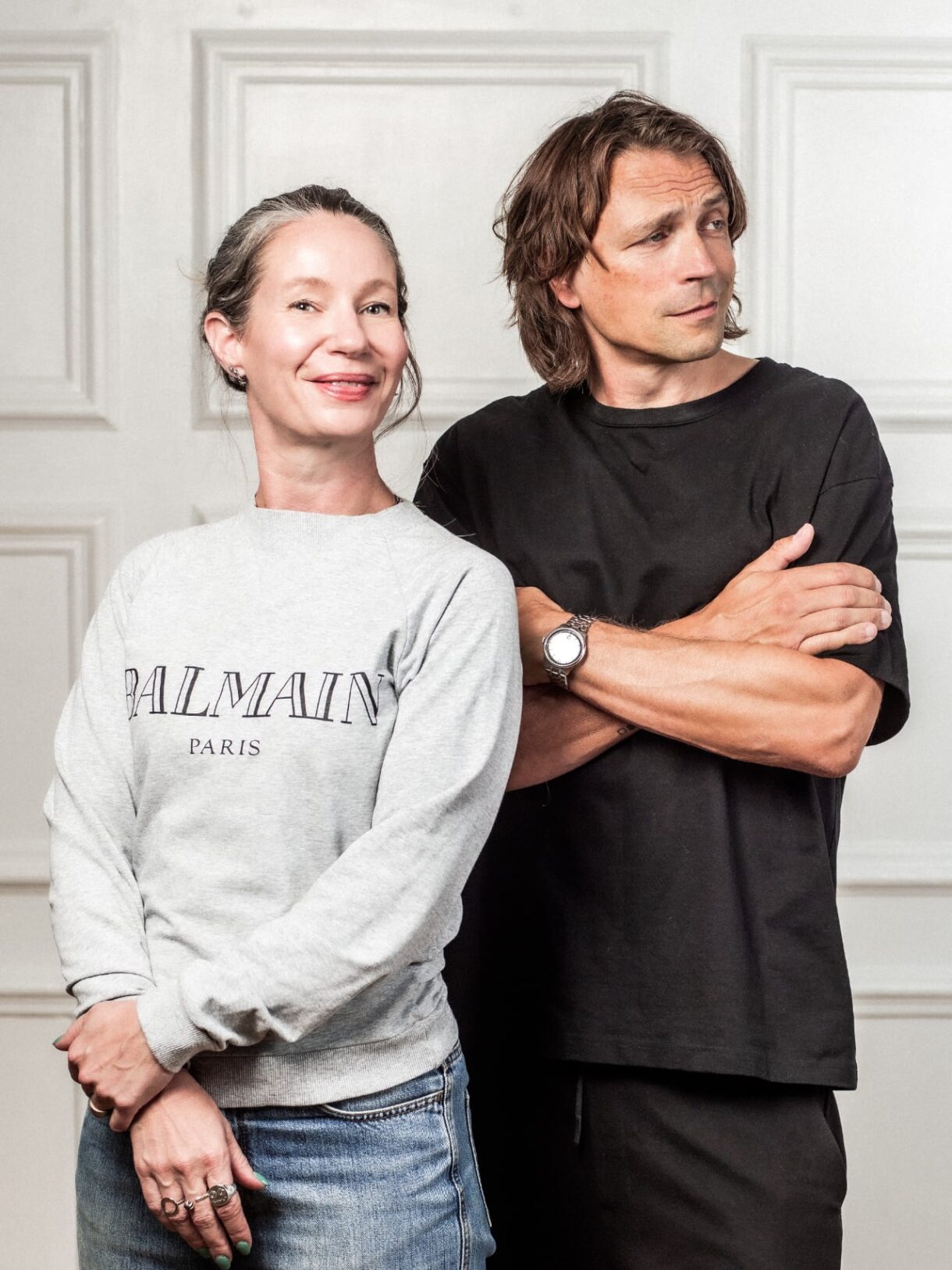“We are experiencing a creative renaissance here”
Almost a year after accepting the new position as Global Chief Creative Officer at Pernod Ricard, we took the opportunity to sit down with Tad Greenough to discuss his role and all things creativity.

Growing up Tad Greenough had set his sights on becoming an Olympic athlete but a chance “wild and crazy discussion” with the pioneer of so-called gonzo journalism, Hunter Thompson, set him on a copywriting path, which developed into Agency management roles. He began plying his trade in the 1990s at famous boutique creative advertising agencies in Boston, New York, San Francisco and LA with clients including Burger King, MasterCard, Apple and Nissan before Portland-based Wieden+Kennedy came calling and posted Tad to Amsterdam to oversee the Nike business in Europe, Middle East and Africa.
Having reconnected with his love of sport, in 2008 Tad jumped over to the client side to work for Nike, as a creative director across an array of sports from global football, running and tennis and the Olympic Games in Beijing, London and Rio. After over a decade working at Nike, Tad wanted to test himself in a different environment because “any creative work can end up looking great when it has a Swoosh on it, even when it isn’t”. He moved to Stockholm with his Swedish wife and as he says, Absolut was the only brand he was interested in having a discussion with. He joined The Absolut Company as Global Marketing Director in late 2018 and became Global Chief Creative Officer for the Pernod Ricard group in October 2023.
We are experiencing a creative renaissance here
What does your role as Global Chief Creative Officer entail?
It’s a question I ask myself every day because you can be either something or nothing. We have 240 plus brands – the span itself could swallow you and so I try to look at it incrementally. Putting my former Nike hat for context, the best categories to work on were the smaller categories that were not always in the sunlight – skateboarding or tennis, for instance. If you were working on global football or running it was harder to make the giant leaps to stand out – the process, the layers – the obstacles were everywhere.
So, I tend to do two things. I focus on some of the smaller brands where I know there’s an opportunity to lean in and do something incredible. Take Monkey 47 for example. Its liquid is remarkable and there are layers of symbolism to the brand, its Mittleuropean references are fascinating. And while I have one eye on the potential of the smaller brands, the other one is on the five priority brands such as Absolut and Jameson. In my Nike analogy, they are in the global football and running categories. You can make incremental improvements, but it’s hard to completely renovate the house; the brands are heavily funded and well-resourced. Brands like Absolut are heading in the right direction but what is super important in my role is having diplomacy skills – knowing when to apply a point of view to get what I need out of a creative piece of work and when to sink into the background.
There are huge opportunities. Look at the beer category, they are having all the fun right now! The spirit category is constantly just mirroring each other, and the occasions where we’re served. We are looking to change that. Just look at the insane work we have been doing with Malibu and Kahlua – brands that are not necessarily in the spotlight. What is beautiful is that we are seeing a direct correlation between these brand redirects and growth in the business; there is a commercial connection, which is the core of what we do. After all, if people like me were purely creative, we’d be artists and not working in brand marketing. By the way, watch this space. While Malibu’s Tom Daley campaign was brilliant the next one is going to knock your socks off!
Any creative work can end up looking great when it has a Swoosh on it, even when it isn’t
What has been your favourite initiative at Pernod Ricard?
It has to be #SexResponsibly because it tackled a real problem in the world. It was the first time that we were able to steer that type of communication through the group. It spawned other initiatives around responsibility, which was brilliant. Had I not written a brief on positive activism, which is where the whole discussion started, I don’t think we ever would have got there as an organisation. Instead of focusing on the negative consequences of drinking, positive activism is about getting involved, filling a narrative with meaning and taking strong action. Sexual consent is a problem. Spiking is a problem. This was something I felt and feel passionate about. We did #SexResponsibly with consideration and landed a story that embraced progressive values and had a real impact and our contributions to organizations like RAINN are examples of this.
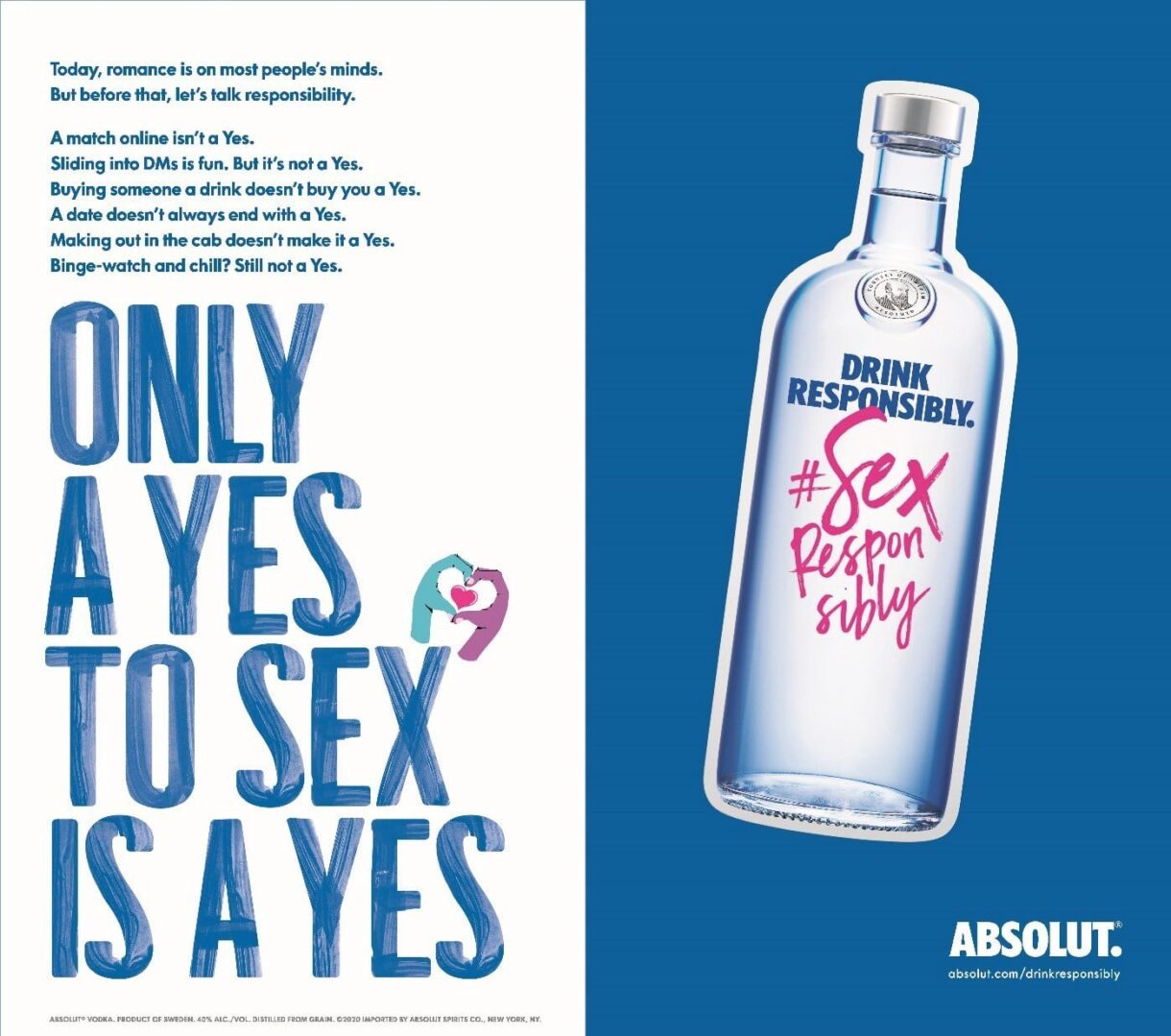
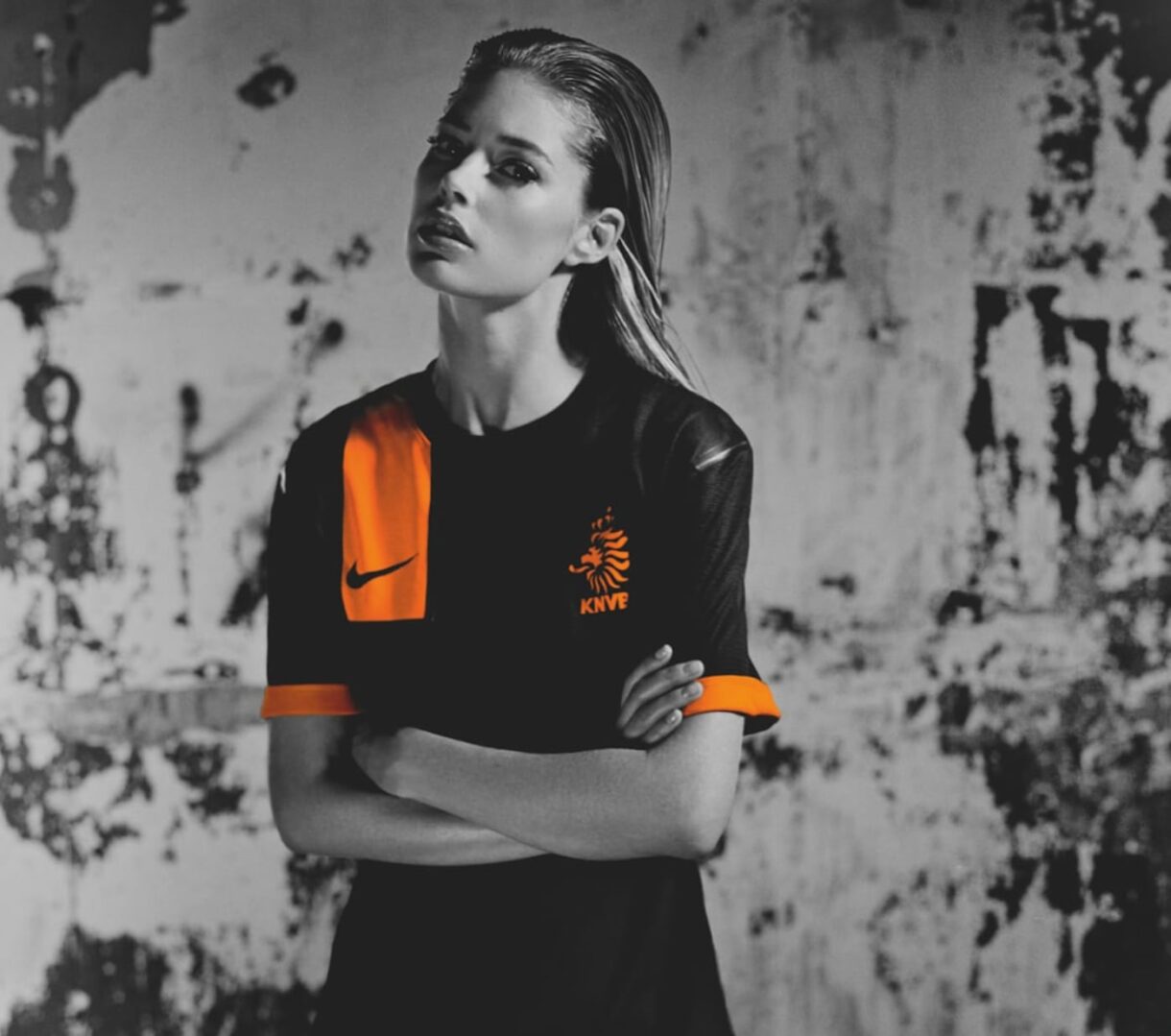
Where do your best ideas come from?
I came from organisations like Nike, which run on instinct. At Nike, if you suggested that you were going to test work, it would assume you didn’t know what you were doing or that you weren’t connected to the athlete or sport deeply. I’m not naturally analytical. My superpower, if that is what you call it, is emotion, being instinctive and acting on gut feelings. We didn’t do any testing for #SexResponsibly; it was instinct. I had a direct discussion with the Pernod leadership, which included Alex Ricard the CEO, and they agreed it was the right thing to do. It’s interesting because after the initial #SexResponsibly campaign we, perhaps, overthought the concept. We ran several iterations of #Responsibly that didn’t have the same impact because we were working on the lowest common denominator, which is what can happen when you over test and over-think.
How important are collaborations from a brand perspective today?
From a marketing standpoint they’re extremely valuable because they give you direct access to an adjacent audience or an audience that you’re not speaking to – and allow you to stand true to your values. But the partners and profiles need to match, otherwise you have a problem. Absolut stands for something very specific but when we first partnered with Tomorrowland, I noticed that we weren’t always reflecting the same values. I felt like we needed to have a real conversation about the lack of inclusion in the festival space, especially when it comes to headliners, which are mostly white men. This first led to an initiative where we reversed the lineup so the headliner DJs were primarily female and then we created the D&I committee to lead on a different theme each year. Last year, we led on safety and the response was incredible, so much so that it is now embedded in Tomorrowland’s protocols as an organisation. This year, we focused on loneliness, which is an epidemic and a growing issue post-Covid and so far, the collaboration is proving super rewarding. To be honest, even serving one person is a problem that’s entirely worth the effort.
Watch this space. While Malibu’s Tom Daley campaign was brilliant the next one is going to knock your socks off!
Do you think AI will replace or reduce the need for human creativity?
The fast-moving consumer goods sector uses a lot of modelling and the challenge we have is to develop creative work that ticks all the boxes but has impact and is effective. The piece in creative work that I always recognise is the human element – your instinct and taste. This is not something that you can just replace using different proxies. I don’t believe engineering a point of view will get you divergent thinking. I am involved in recruitment, job descriptions and profiling the types of people that we want to work here today. Instead of hiring somebody who has a multifaceted profile, and who has moved from one area of a business to another, I try to find one that’s much more singular and expert-oriented. So, specialist art directors and copywriters who have a very specific skill set instead of looking at generalists. It is a change that has been manifesting in the organisation for a couple of years and one which I’m super thrilled about. It feels to me like we are experiencing a creative renaissance at Pernod Ricard and that to me is very, very exciting.
What is the future of the Absolut brand?
Every time I go to the Spritmuseum here in Stockholm, I indulge in the history of this iconic brand. Working with designers like Tom Ford, when he was a Gucci working with people like Kate Moss, I mean, it was insane. Most brands would kill for that type of heritage. Being a canvas for creators, well, it gives you the authenticity about who you are today, so long as you move forward. That is what we are doing with Warhol Absolut ‘blue’. We are building muscle around historic collaborations and leveraging it based on the mindset of today. That is not easy. We won’t want to get stuck in the past, so we will start to look forward and look at the future generations of artists, for sure.
Working with designers like Warhol and Tom Ford. Most brands would kill for that type of heritage
